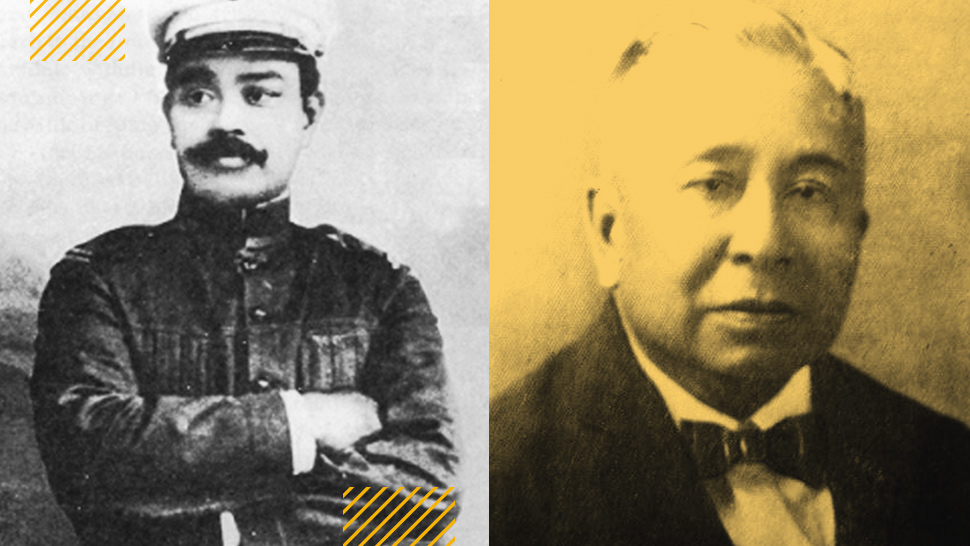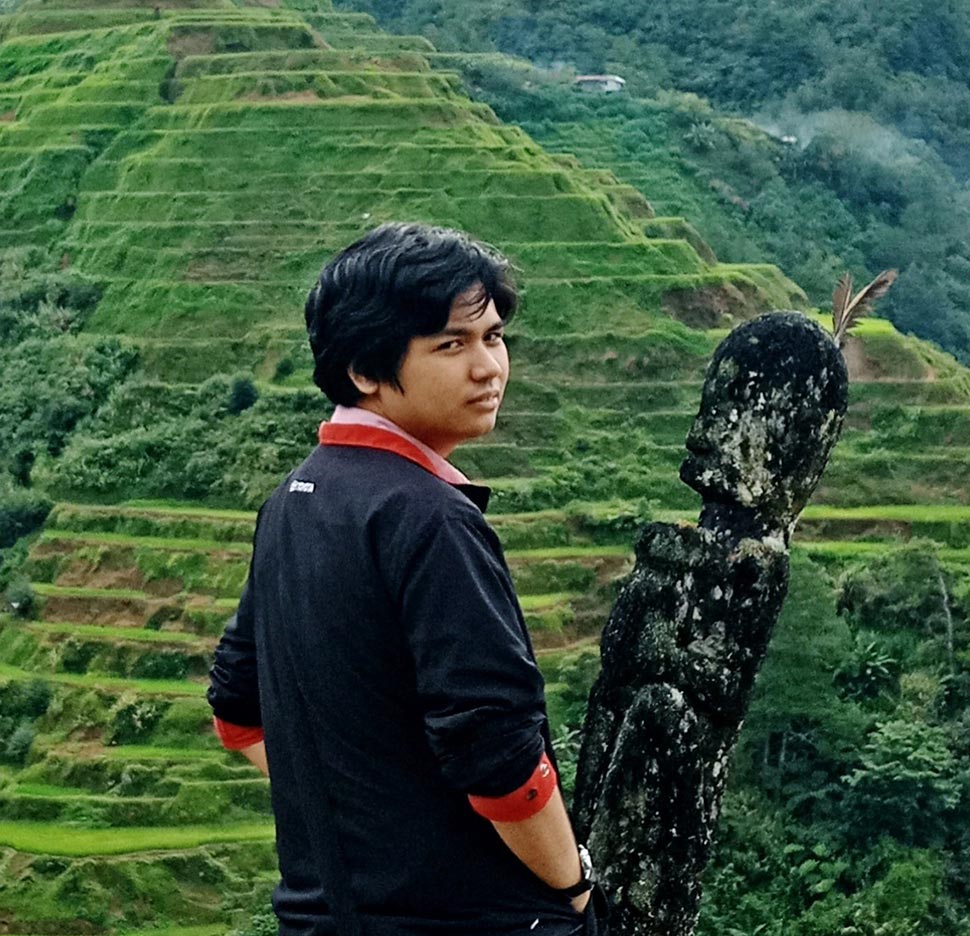Who are the Descendants of our Heroes Today?

There is a long list of people who have made great sacrifices for our country and sometimes we tend to think of them as simply larger than life. It’s important to remember though that these heroes were people, too, with hopes, dreams, and families just like us.
Some of these heroes have descendants still living in the Philippines. The Rizal clan, for example, still enjoys prominence in Calamba, Laguna, while former DOTr Secretary Jun Abaya can proudly say that his great-grandfather was the Emilio Aguinaldo. Take a look at other heroes and what their descendants are doing today.
Mindanao Royalty: Sultan Kudarat’s Descendants

Sultan Muhammad Dipatuan Kudarat is one of the most important yet unsung heroes in Philippine history. As Sultan of Maguindanao during the 17th century, Kudarat managed to resist Spanish encroachment in Mindanao, ensuring
Once, Kudarat called on the Maranao with this great exhortation: “What matters if the Castilians at first are successful? That means only the loss of a year's harvest. Do you think that too dear a price to pay for liberty?”
Beyond having a province named after him, his legacy lives on today in Mindanao culture and tradition. The Sultanate of Maguindanao still exists, though in a more ceremonial role. Nevertheless, the descendants of
Anak ng Bayan: The Sons and Daughters of Andres Bonifacio

Andres Bonifacio was the Supremo of the Katipunan and sought to free the Philippines from Spanish colonial rule. Bonifacio took cues from the French Revolution and from Rizal’s La Liga Filipina, forming a concrete idea of Filipino nationalism and bourgeois liberal enlightenment.
Unfortunately, Bonifacio did not live to see his dream come to fruition. After the Tejeros Convention, Bonifacio was captured and sentenced by Emilio Aguinaldo to die after a trial. He
That did not mean the end of the Bonifacio line, however. Bonifacio lives on today through his siblings Procopio and Espiridona. His
As for Espiridona’s side of the family, she ended up marrying an Emiliano Distrito. Her family now lives around Cavite and Manila.
Keeping Tradition Alive: Juan and Antonio Luna’s Descendants

The Luna clan is perhaps championed by its two most famous sons, the brothers Juan and Antonio. A botanist turned tactician, Antonio Luna became one of the most important generals during the Philippine-American War. Juan Luna, meanwhile, is regarded as one of the greatest artists
Juan’s artistic legacy still lives on through his descendants. In Luna, La Union
More history: Meet the Nobles of the Philippines
More history: Meet the Chinese Patriots of the Philippines
The Unsung Ilustrado: Isabelo de los Reyes

Isabelo de
His greatest contributions can still be felt today: In 1902, Don Belong founded the first worker’s union, the Union Obrero
Today, both the independent church and the tradition of fighting for workers’ rights live on. During his lifetime, de
A Family of Heroes: Jose Alejandrino and His Descendants

During the Philippine-American War, Antonio Luna was aided by Jose Alejandrino. An engineer by profession, Alejandrino was part of the Propaganda Movement and became a general in the army during the Revolution. He and Luna suggested a guerilla strategy to Aguinaldo, who initially refused before adopting the strategy
During the Second World War, one of his nephews, Casto, took up the call and fought the Japanese as a second in command of the HUKBALAHAP. Casto himself lived until 2005.
Today, the Alejandrinos still hold influence in their hometown of Arayat, Pampanga. The current mayor of Arayat is Emmanuel Alejandrino. Another nephew, Carlos, is the president of the Hukvets Foundation.
Who was the first Filipino hero?
The easy answer would be Lapu-Lapu, the ruler of Mactan who defeated Magellan and fended off a Spanish invasion. But the Visayan leader may just be defending his territory and not at all thinking about the other islands of the Philippines. Nevertheless, Lapu-Lapu is a symbol of a hero, a symbol that helped Filipinos shape their identity. Read more about the real Lapu-Lapu here.
Sources:
Castro, A. (2018, Aug. 27). Mindanao Royalty: In the Realm of Muslim Majesties. Town&Country.
Pagusara, D. (2015, Mar. 17). What Price Liberty. Davao Today.
Nawal, A. (2017, Mar. 3). Muslim leaders stage
Rocamora, J. (2017, Nov. 30). An appeal from a hero’s descendant. Philippine News Agency.
Bernal, B. (2013, Nov. 30). A family tree: Where are Bonifacio’s descendants? Rappler.
Sotelo, Y. (2017, May 21). Juan Luna descendants push town’s revival. Inquirer.
Sotelo, Y. (2017, May 21).
Mojares, R. (2006). Brains of the Nation: Pedro Paterno, T.H. Pardo de Tavera, Isabelo de
Bragado, E. (2002). Sukimátem: Isabelo de los Reyes Revisited. Philippine Studies, 50(1), 50-75.
Attorneys of the Philippines: Elias de
Kerkvliet, B. (1977). The Huk Rebellion: A Study of Peasant Revolt in the Philippines.
Senator’s Profile: Jose Alejandrino.
Orejas, T. (2014, Jul. 30). Neglected, Huk vets seek recognition. Inquirer.







